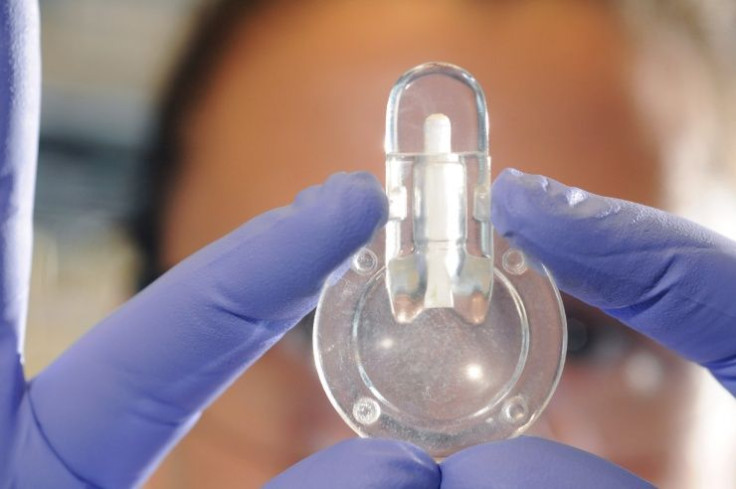At-Home Anemia Test Produces Accurate Diagnosis Within 60 Seconds, At Low Cost

Anemia patients may soon be able to skip involved and time-consuming trips to the doctors’ if a new at-home testing device can secure federal approval. The device relies on the same technology as blood glucose monitoring and requires no electricity, making it appealing for low-resource nations.
Researchers from Emory University and Georgia Tech University published their early success amid something of a global anemia crisis. Some two billion people around the world suffer from the condition, which is characterized by a poor production of healthy red blood cells. The new test relies on only a single drop of blood to assess a person’s hemoglobin levels, the readout of which can be paired with a smartphone app.

“Our goal is to get this device into patients’ hands so they can diagnose and monitor anemia themselves,” said Dr. Wilbur Lam, a physician and professor in the department of pediatrics at Emory University School of Medicine, in a statement.
Similar to how diabetics self-draw to test blood sugar levels, anemia patients will be able to feed their blood sample into a slim, circular testing device that contains a reagent designed to change the blood from red to blue-green, depending on the severity of the anemia. The less hemoglobin found in the blood, the more anemic the patient.
Unlike diabetic testing strips, however, the new prototype has even fewer working parts. “This is a visual-based test that doesn’t require an additional electrical device to analyze the results,” Lam said. Once the drop of blood hits the device’s cap, it automatically siphons off a tinier amount, roughly five microliters, to mix with the reagent. This amount is significantly less than traditional anemia tests, the researchers say.

This is important because in developing countries, an estimated 40 percent of preschool children and half of all pregnant women are anemic. The majority of the cases are iron deficiency anemia, recognized by the World Health Organization as the most common widespread nutritional disorder in the world. People also develop the deficiency as side effects from infectious disease, such as malaria and HIV/AIDS.
WHO says the most efficient way to treat the problem is through controling infection, in the form of immunizations to malaria, hookworm, and schistosomiasis, and improving iron-rich diets. The organization also recommends boosting vitamin supplementation, including regimens of vitamin B12, folate, and vitamin A.
As for the new diagnostic device, researchers concede they still need to earn FDA approval before the product can reach consumers. Lam and several of his colleagues have teamed up to launch a startup, called Sanguina, to commercialize the test under the brand name AnemoCheck. They anticipate the product reaching shelves by 2016.
Source: Tyburski E, Gillespie S, Stoy W, et al. Disposable platform provides visual and color-based point-of-care anemia self-testing. The Journal of Clinical Investigation. 2014.



























